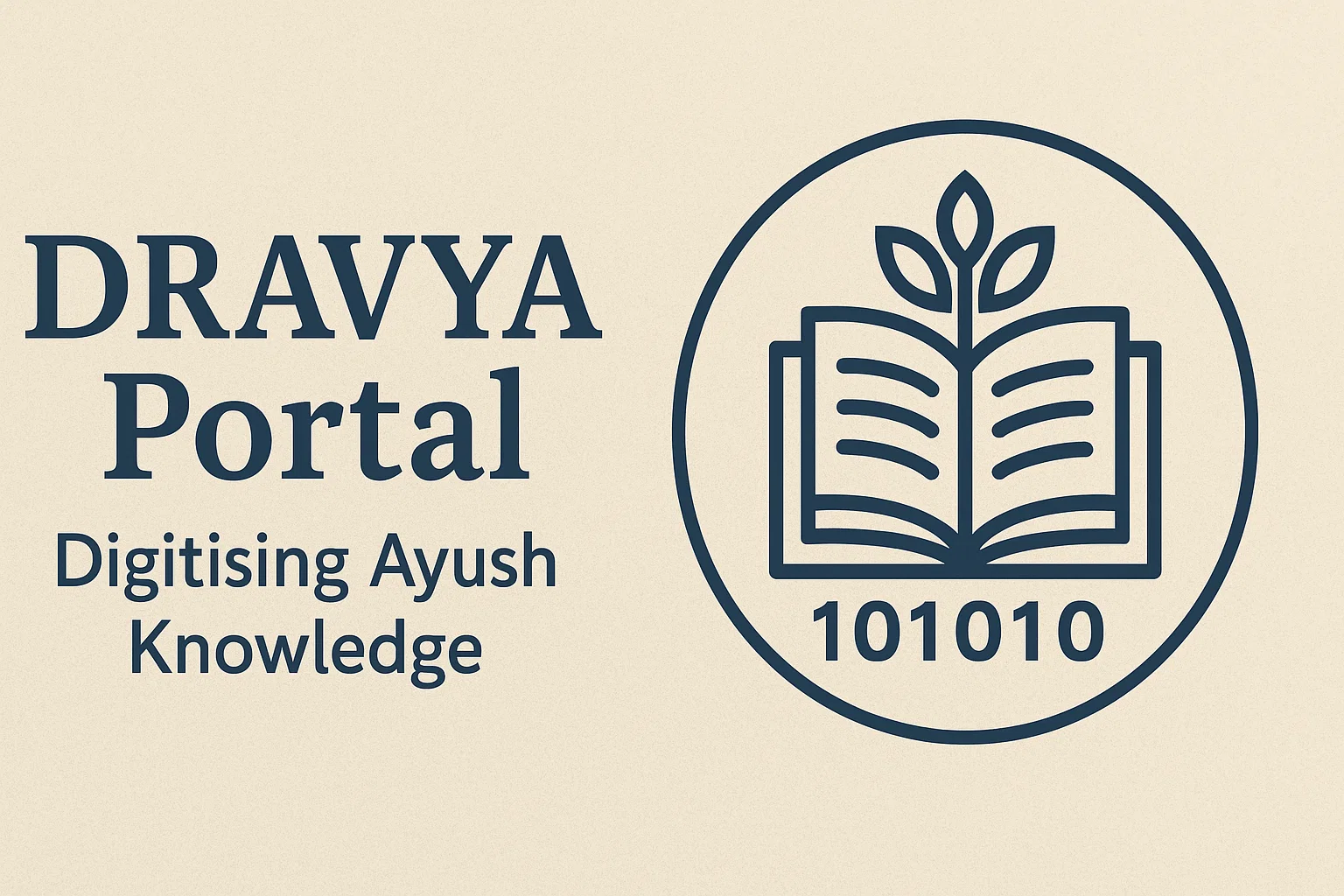Font size:
Print
ISRO’s 101st Launch: PSLV-C61 / EOS-09 Mission
ISRO set to launch earth observation satellite using PSLV rocket on Sunday
Context: The Indian Space Research Organisation (ISRO) is preparing for its 101st space launch, scheduled for 5:59 a.m. on Sunday (May 18), from the Satish Dhawan Space Centre in Sriharikota. The mission, titled PSLV-C61 / EOS-09, marks another significant step in India’s expanding space capabilities.
More on News
ISRO confirmed on Thursday (May 15) that the Polar Satellite Launch Vehicle (PSLV) had been moved from the Payload Integration Facility to the Mobile Service Tower at the Sriharikota spaceport for final integration activities.
EOS-09: Enhancing All-Weather Surveillance
- The primary payload of the mission, EOS-09 (1,710-kg satellite), is an earth observation satellite equipped with C-band synthetic aperture radar (SAR).
- This technology will allow the satellite to capture high-resolution images of Earth’s surface under all weather conditions, day and night.
- The satellite will be inserted into a sun-synchronous orbit, which allows it to maintain consistent lighting conditions for imaging across the globe—ideal for monitoring dynamic changes on Earth’s surface.
Mission Applications and Strategic Importance
- EOS-09 brings with it five distinct imaging modes, ranging from ultra-high-resolution scanning for small object detection to wide-area surveillance for macro-level observations.
- This versatility positions it as a critical asset across multiple domains:
- Border surveillance and national security
- Agriculture and crop monitoring
- Forestry and wildlife tracking
- Urban planning and infrastructure monitoring
- Flood and disaster management
- Given heightened security sensitivities along India’s borders with Pakistan and China, the satellite’s advanced capabilities will significantly enhance India’s intelligence gathering, disaster response, and strategic readiness.
- EOS-09 is a successor to RISAT-1 and a key addition to India’s constellation of Earth observation satellites such as Resourcesat, Cartosat, and RISAT-2B. Together, these platforms will provide comprehensive, near-real-time coverage of India and its surroundings, enabling smarter, data-driven governance.
Chandrayaan-5 and LUPEX: India-Japan Collaboration for Lunar Exploration
- In parallel with the EOS-09 mission, ISRO is also making strides in its lunar exploration programme, collaborating with the Japan Aerospace Exploration Agency (JAXA) on the Chandrayaan-5 / Lunar Polar Exploration (LUPEX) mission.
- A two-day Technical Interface Meeting (TIM-3) was held on May 13 and 14 at ISRO Headquarters in Bengaluru, bringing together senior officials and technical teams from ISRO, JAXA, and Mitsubishi Heavy Industries (MHI), Japan.
- Following the legacy of Chandrayaan-1, 2, 3, and the upcoming Chandrayaan-4 (India’s first lunar sample return mission), Chandrayaan-5 will be the fifth mission in the Chandrayaan series.
- The LUPEX mission aims to explore lunar volatile materials, including water, especially in the Permanently Shadowed Regions (PSRs) of the lunar south pole.
Key Highlights of LUPEX Mission
- Approved by the Government of India on March 10, 2025, the LUPEX mission will be launched onboard JAXA’s H3-24L launch vehicle.
- The mission configuration will feature an ISRO-developed lunar lander and an MHI-developed lunar rover, with both agencies contributing scientific instrumentation alongside ESA (European Space Agency) and NASA.
- Vision for the Future: India’s long-term lunar goal: Landing Indian astronauts (Gaganyatris) on the Moon by 2040.


